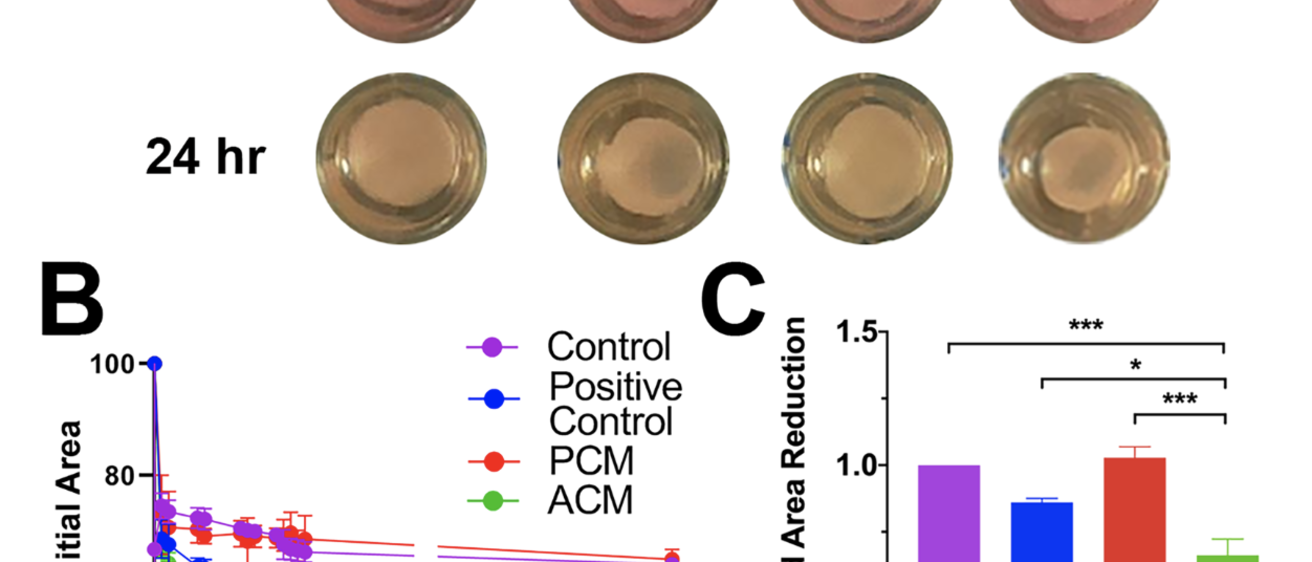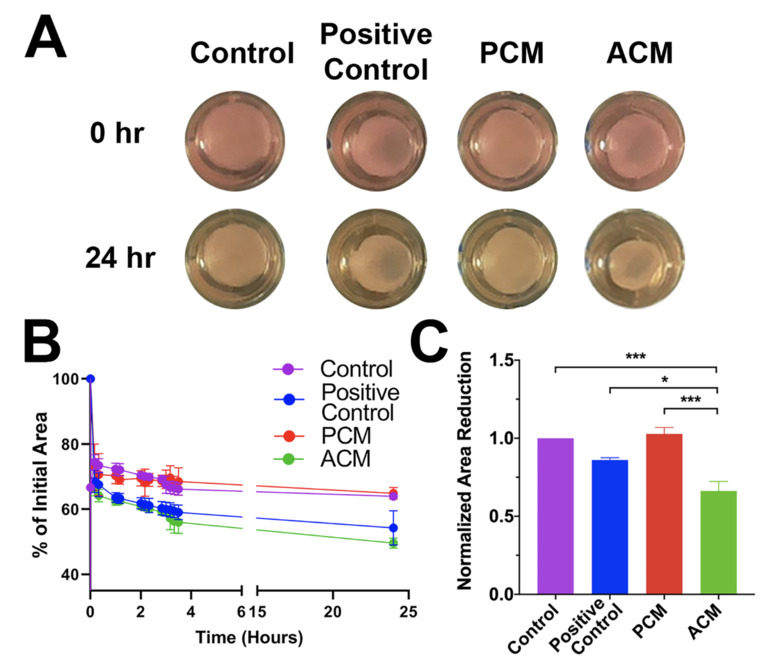People: James Ankrum, assistant professor of biomedical engineering, and Edward Sander, associate professor of biomedical engineering
Mission Areas: Biotechnology
Labs: Ankrum Lab and 3MT Laboratory (Multi-scale Mechanics, Mechanobiology, and Tissue Engineering Laboratory)
A team of University of Iowa scholars led by faculty affiliates with the Iowa Technology Institute released findings this week expanding the understanding of the role fat tissue plays in healing wounds and may help to uncover and develop fat-related wound healing treatments.
Autologous fat grafting - in which fat is transferred from one part of the body to another, often during reconstructive surgery, to promote healing and reduce scarring - has become widely accepted. However, the efficacy of the practice remains in doubt and the underlying biological processes involved remain largely unknown.
A research collaboration co-led by Ed Sander and James Ankrum, associate professors in the Roy. J. Carver Department of Biomedical Engineering, and Al Klingelhutz, professor of microbiology and immunology, shed new light.
The key finding was that fat cells differentially regulate the behavior of fibroblasts, a cell type involved in tissue repair. The research found that interactions between fibroblasts and secreted factors from two components of fat, pre-adipocytes and adipocytes, differentially secrete factors that regulate fibroblast behavior.
The results of their work were published in Nature Research: Scientific Reports. The article is titled "Human Adipocyte Conditioned Medium Promotes In Vitro Fibroblast Conversion to Myofibroblasts."

